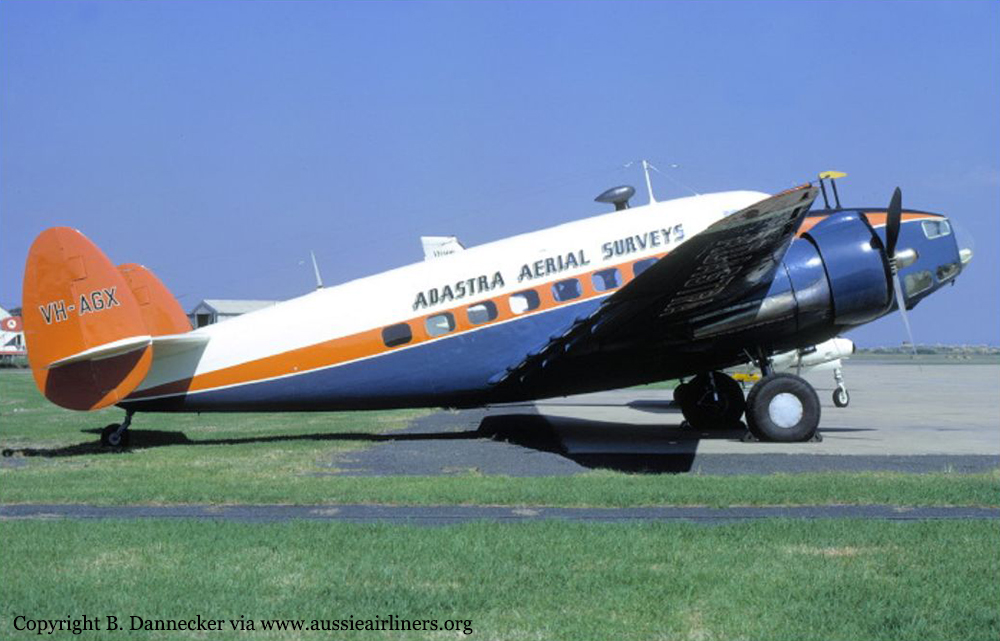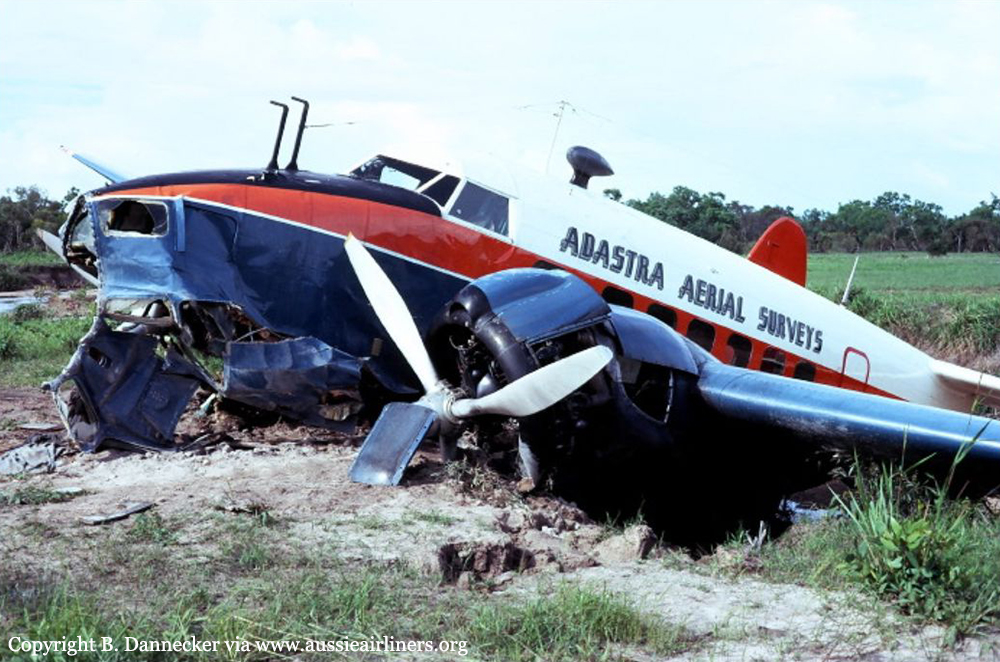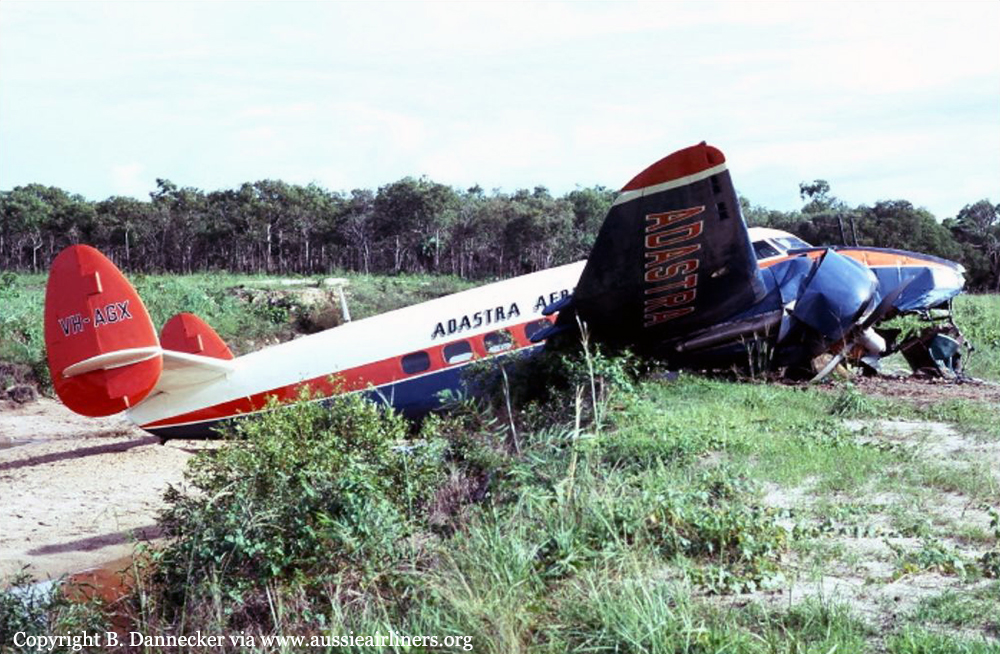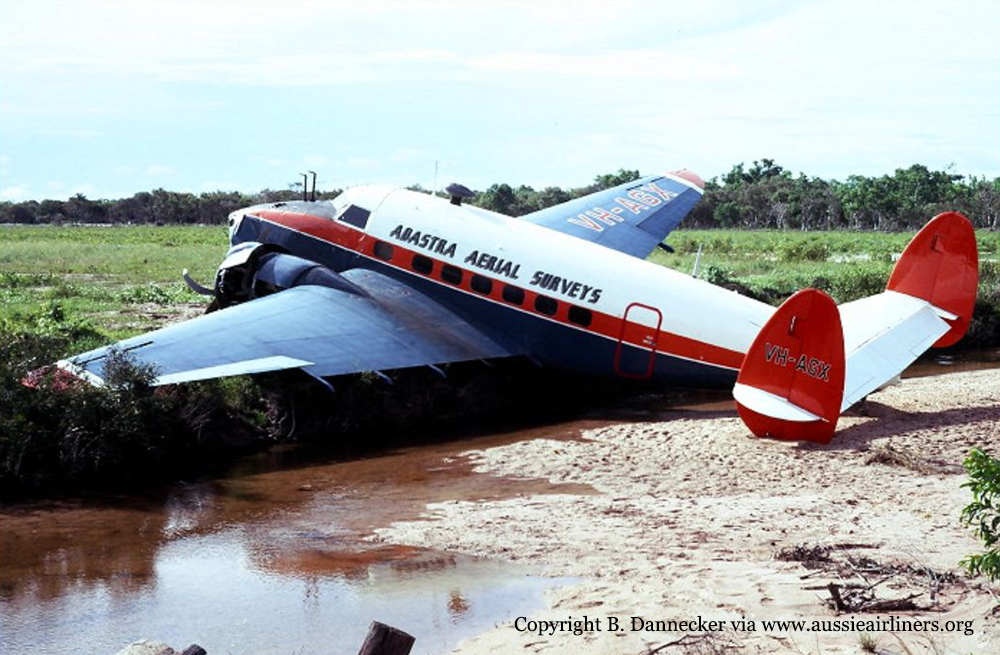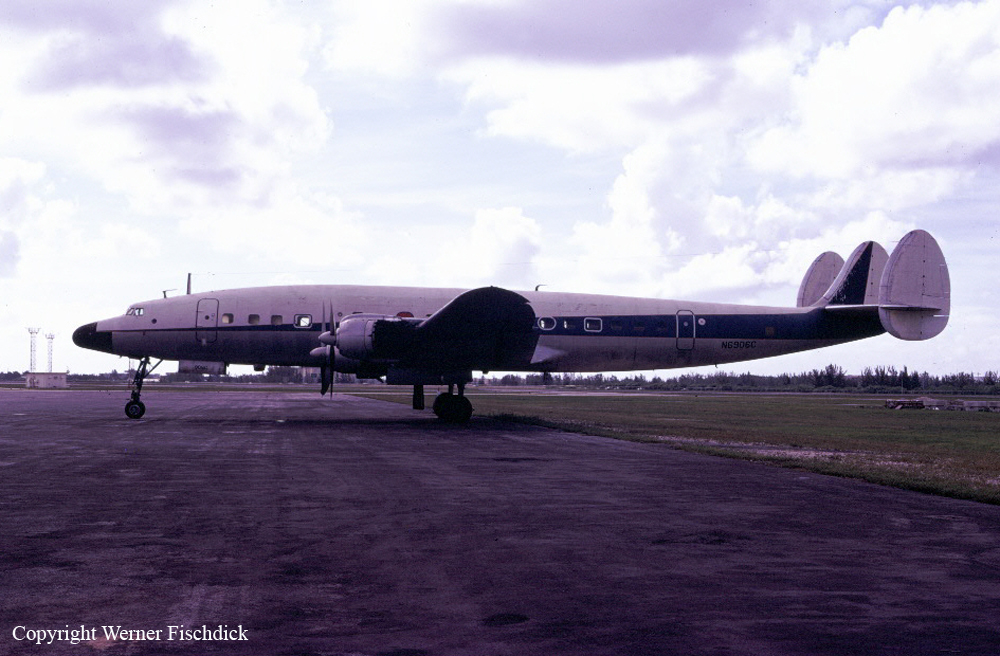Crash of a Rockwell 500S Shrike Commander in Mueda: 1 killed
Date & Time:
Mar 29, 1974
Registration:
CR-AOC
Survivors:
No
Schedule:
Porto Amélia - Mueda
MSN:
500-3136
YOM:
1972
Crew on board:
1
Crew fatalities:
Pax on board:
0
Pax fatalities:
Other fatalities:
Total fatalities:
1
Circumstances:
On final approach to Mueda Airstrip by night, the twin engine airplane crashed in unknown circumstances. The aircraft was destroyed by a post crash fire and the pilot, sole on board, was killed. He was completing a ferry flight from Porto Amélia and the aircraft was operated by Empresa de Transportes Aéreos de Porto Amélia (ETAPA).





